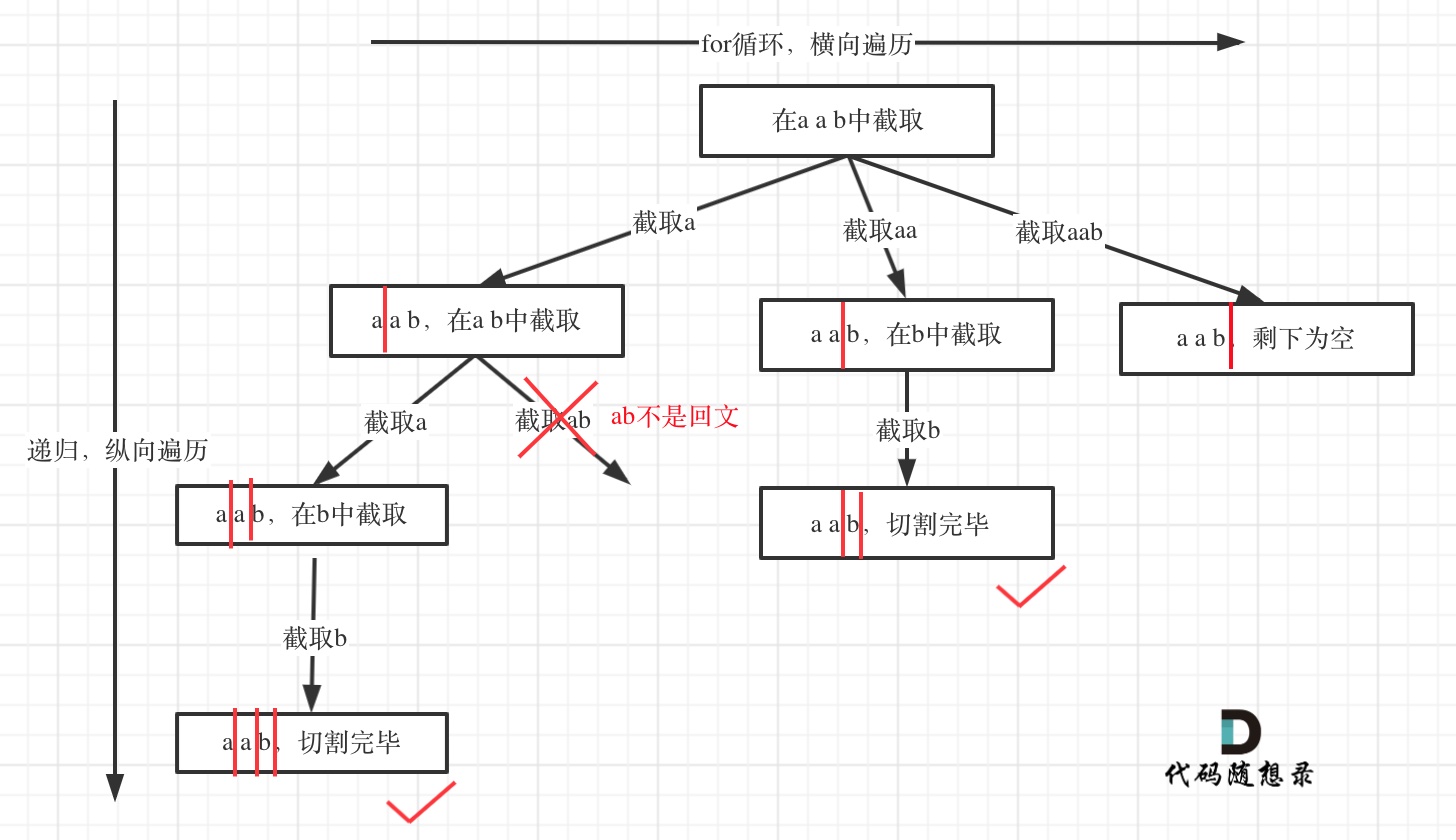一、实验2-2,线性回归模型,计算模型在训练数据集和测试数据集上的均方根误差
代码:
# 2-2线性回归模型 import pandas as pd import numpy as np import matplotlib.pyplot as plt # 参数设置 iterations=3000 # 迭代次数 learning_rate=0.0001 # 学习率 m_train=3000 # 训练样本的数量 flag_plot_lines=False # 是否画出拟合直线 plot_feature=1 # 使用哪个输入特征画拟合直线 plot_skip=4 # 每间隔几条拟合直线画出一条拟合直线 # 读入气温数据集 df = pd.read_csv('temperature_dataset.csv') data=np.array(df) m_all = np.shape(data)[0] # 样本总数 d =1 if flag_plot_lines else np.shape(data)[1] - 1 # 输入特征的维数 m_test = m_all - m_train # 测试数据集样本数量 # 划分数据集 X_train = data[0:m_train, plot_feature].reshape((1, -1)) if flag_plot_lines else data[0:m_train, 1:].T # 根据是否画1拟合直线来决定输入特征的维度 X_test = data[m_train:, plot_feature].reshape((1, -1)) if flag_plot_lines else data[m_train:, 1:].T # 根据是否画拟合直线来决定输入特征的维度 Y_train = data[0:m_train, 0].reshape((1, -1)) Y_test = data[m_train:, 0].reshape((1, -1)) # 初始化 w = np.zeros((d, 1)).reshape((-1, 1)) # 权重 b = 0 # 偏差(标量) v = np.ones((1, m_train)) # 1向量 costs_saved = [] # 用来保存拟合直线的权重与偏差 w_saved=np.zeros(iterations+1) b_saved=np.zeros(iterations+1) # 迭代循环 for i in range(iterations): # 更新权重与偏差Y_hat = np.dot(w.T, X_train) + b * ve = Y_hat - Y_train # 计算误差b = b - 2. * learning_rate * np.dot(v, e.T) / m_train # 更新偏差w = w - 2. * learning_rate * np.dot(X_train, e.T) / m_train # 更新权重# 保存代价函数的值costs=np.dot(e, e.T)/m_traincosts_saved.append(costs.item(0))# 保存每次迭代的权重与偏差w_saved[i + 1]=w[0]b_saved[i + 1] = b # 打印最新的权重与偏差 print('Weights=', np.array2string(np.squeeze(w, axis=1), precision=3)) print(f'Bias={b.item(0):.3f}') # 画代价函数的值 plt.plot(range(1,np.size(costs_saved)+1),costs_saved,'r-o',linewidth=2,markersize=5) plt.ylabel('Costs') plt.xlabel('Iterations') plt.title('Learning rate='+str(learning_rate)) plt.show() # 计算训练数据集上的均方根误差 y_hat=np.dot(w.T, X_train)+b*v # 计算训练样本标注的预测值 e=y_hat-Y_train # 计算标注预测值与标注之间的误差 mse=np.dot(e, e.T)/m_train # 计算均方误差 rmse=np.sqrt(mse) # 计算均方根误差 print(f'Trainset RMSE={rmse.item(0):.3f}') # 打印均方根误差 # 计算测试数据集上的均方根误差 y_hat_test=np.dot(w.T, X_test)+b # 计算测试样本标注的预测值(此处使用了广播操作) e_test=y_hat_test-Y_test # 计算标注预测值与标注之间的误差 mse_test=np.dot(e_test,e_test.T)/m_test # 计算均方误差 rmse_test=np.sqrt(mse_test) # 计算均方根误差 print(f'Testset RMSE={rmse_test.item(0):.3f}') # 打印均方根误差 # 画拟合直线 if flag_plot_lines:plot_x_min=np.min(X_train) # 训练样本一维输入特征的最小值plot_x_max = np.max(X_train) # 训练样本一维输入特征的最大值plot_x=np.array([plot_x_min, plot_x_max]) # 将其组成一个一维数组plt.figure() # 新建一个图形plt.plot(X_train[0, 0::10], Y_train[0,0::10], 'xm') # 画训练样本(每10个训练样本画出一个)for i in range(0, iterations+1, plot_skip+1): # 每plot_skip+1条拟合直线画出一条plot_y=w_saved[i]*plot_x+b_saved[i] # 计算输入特征最大值与最小值对应的标注预测值plt.plot(plot_x, plot_y, '--') # 用虚线画出这条拟合直线plot_y=w_saved[i]*plot_x+b_saved[i] # 计算输入特征最大值与最小值对应的标注预测值(最后一条拟合直线)plt.plot(plot_x, plot_y, 'b', linewith=3) # 用实线画出最后一条拟合直线plt.xlabel('x')plt.ylabel('y')plt.show()
运行结果
二、实验2-5对输入特征做特征缩放(标准化、最小最大归一化、均值归一化)+训练评估线性回归模型
代码
# 2-5特征缩放
import pandas as pd
import numpy as np
import matplotlib.pyplot as plt
# 参数设置
iterations=3000 # 迭代次数
learning_rate=0.1 # 学习率
m_train=3000 # 训练样本的数量
flag_fs='std' # 特征缩放法:’std‘为标准化、’norm_minmax‘为最小最大化归一化、’norm_mean‘为均值归一化,’none‘为不使用特征缩放
# 读入气温数据集
df = pd.read_csv('temperature_dataset.csv')
data=np.array(df)
m_all = np.shape(data)[0] # 样本总数
d =np.shape(data)[1] - 1 # 输入特征的维数
m_test = m_all - m_train # 测试数据集样本数量
# 特征缩放
if flag_fs=='std': # 如果进行标准化mean=np.mean(data[0:m_train, 1:], axis=0) # 计算训练样本输入特征的均值std=np.std(data[0:m_train, 1:], axis=0, ddof=1) # 计算训练样本输入特诊的标准差data[:,1:]=(data[:,1:]-mean)/std # 标准化所有样本的输入特征
elif flag_fs=='norm_minmax': # 最小最大归一化xmin=np.amin(data[0:m_train, 1:], axis=0) # 返回训练样本输入特征最小值xmax = np.amax(data[0:m_train, 1:], axis=0) # 返回训练样本输入特征最大值data[:, 1:]=(data[:, 1:]-xmin)/(xmax-xmin) # 最小最大归一化所有样本的输入特征
elif flag_fs=='norm_mean':xmin=np.amin(data[0:m_train, 1:], axis=0) # 返回训练样本输入特征的最小值xmax=np.amax(data[0:m_train, 1:], axis=0) # 返回训练样本输入特征的最大值mean=np.mean(data[0:m_train, 1:], axis=0) # 计算训练样本输入特征的均值data[:, 1:]=(data[:, 1:]-mean)/(xmax-xmin) # 均值归一所有样本的输入特征# 划分数据集
X_train = data[0:m_train, 1:].T # 训练集输入特征
X_test = data[m_train:, 1:].T # 测试集输入特征
Y_train = data[0:m_train, 0].reshape((1, -1)) # 训练集目标值
Y_test = data[m_train:, 0].reshape((1, -1)) # 测试集目标值# 初始化
w = np.zeros((d, 1)) # 权重
b = 0 # 偏差(标量)
v = np.ones((1, m_train)) # 1向量
costs_saved = [] # 用于保存代价函数的值
# 用来保存拟合直线的权重与偏差
w_saved = np.zeros(iterations + 1)
b_saved = np.zeros(iterations + 1)# 迭代循环
for i in range(iterations): # 更新权重与偏差Y_hat = np.dot(w.T, X_train) + b * ve = Y_hat - Y_train # 计算误差b = b - 2. * learning_rate * np.dot(v, e.T) / m_train # 更新偏差w = w - 2. * learning_rate * np.dot(X_train, e.T) / m_train # 更新权重# 保存代价函数的值costs = np.dot(e, e.T) / m_traincosts_saved.append(costs.item(0))# 保存每次迭代的权重与偏差w_saved[i + 1] = w[0]b_saved[i + 1] = b# 打印最新的权重与偏差
print('Weights=', np.array2string(np.squeeze(w, axis=1), precision=3))
print(f'Bias={b.item(0):.3f}')# 计算训练数据集上的均方根误差
y_hat = np.dot(w.T, X_train) + b * v # 计算训练样本标注的预测值
e = y_hat - Y_train # 计算标注预测值与标注之间的误差
mse = np.dot(e, e.T) / m_train # 计算均方误差
rmse = np.sqrt(mse) # 计算均方根误差
print(f'Trainset RMSE={rmse.item(0):.3f}') # 打印均方根误差# 计算测试数据集上的均方根误差
y_hat_test = np.dot(w.T, X_test) + b # 计算测试样本标注的预测值(此处使用了广播操作)
e_test = y_hat_test - Y_test # 计算标注预测值与标注之间的误差
mse_test = np.dot(e_test, e_test.T) / m_test # 计算均方误差
rmse_test = np.sqrt(mse_test) # 计算均方根误差
print(f'Testset RMSE={rmse_test.item(0):.3f}') # 打印均方根误差# 画拟合直线
plot_feature = 0 # 假设使用第一个特征画拟合直线
plot_skip = 4 # 每间隔几条拟合直线画出一条拟合直线# 如果进行了特征缩放,则需要将特征值还原到原始范围
if flag_fs == 'std':X_train_plot = X_train[plot_feature, :] * std[plot_feature] + mean[plot_feature]X_test_plot = X_test[plot_feature, :] * std[plot_feature] + mean[plot_feature]
elif flag_fs == 'norm_minmax':X_train_plot = X_train[plot_feature, :] * (xmax[plot_feature] - xmin[plot_feature]) + xmin[plot_feature]X_test_plot = X_test[plot_feature, :] * (xmax[plot_feature] - xmin[plot_feature]) + xmin[plot_feature]
elif flag_fs == 'norm_mean':X_train_plot = X_train[plot_feature, :] * (xmax[plot_feature] - xmin[plot_feature]) + mean[plot_feature]X_test_plot = X_test[plot_feature, :] * (xmax[plot_feature] - xmin[plot_feature]) + mean[plot_feature]
else:X_train_plot = X_train[plot_feature, :]X_test_plot = X_test[plot_feature, :]plot_x_min = np.min(X_train_plot) # 训练样本一维输入特征的最小值
plot_x_max = np.max(X_train_plot) # 训练样本一维输入特征的最大值
plot_x = np.array([plot_x_min, plot_x_max]) # 将其组成一个一维数组
plt.figure() # 新建一个图形
plt.plot(X_train_plot[0::10], Y_train[0, 0::10], 'xm') # 画训练样本(每10个训练样本画出一个)
for i in range(0, iterations + 1, plot_skip + 1): # 每plot_skip+1条拟合直线画出一条plot_y = w_saved[i] * plot_x + b_saved[i] # 计算输入特征最大值与最小值对应的标注预测值plt.plot(plot_x, plot_y, '--') # 用虚线画出这条拟合直线
plot_y = w_saved[i] * plot_x + b_saved[i] # 计算输入特征最大值与最小值对应的标注预测值(最后一条拟合直线)
plt.plot(plot_x, plot_y, 'b', linewidth=3) # 用实线画出最后一条拟合直线
plt.xlabel('x')
plt.ylabel('y')
plt.title('Fitting Line with Feature Scaling=' + flag_fs)
plt.show()
运行结果



